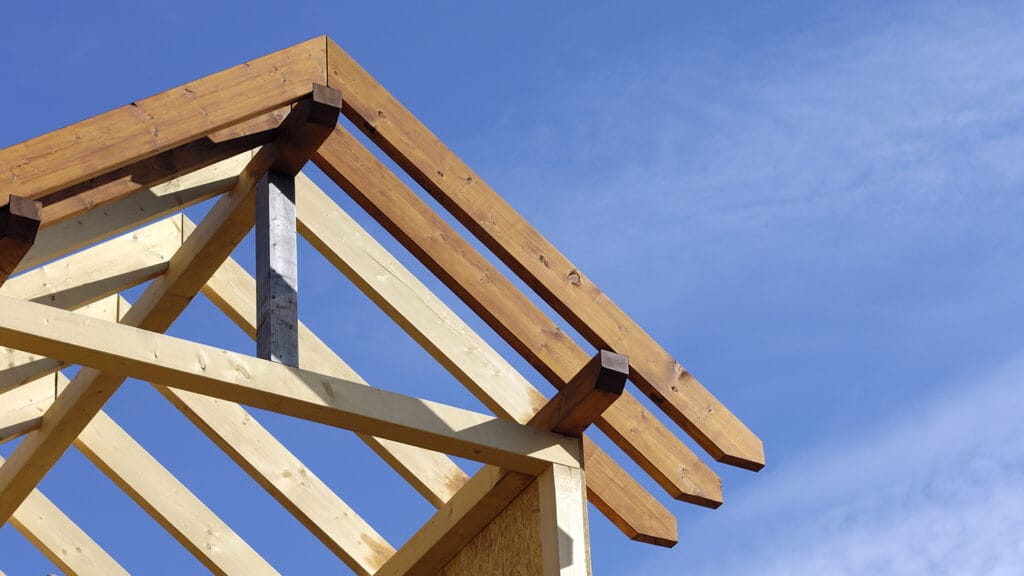
With a projected need for 200,000 additional senior living units by next year, inventory and investment isn’t set to keep pace with the growing demand, Lisa McCracken, head of research and analytics at the National Investment Center for Seniors Housing & Care, writes in a new blog. But the industry is moving in the right direction.
Calculations by NIC MAP Vision project the need for an additional 200,000 senior living units by next year, when the first baby boomers, born in 1946, approach 80, McCracken said. The youngest boomers are turning 60 this year.
“With record-low construction starts observed in 2023, the projected gap between available and needed senior housing units will be significant,” she wrote. “To maintain the current market penetration rate in the senior housing sector, we will need significant near-term growth in the senior housing inventory.”
An industry-wide investment of $400 billion is necessary to complete the required new development to meet anticipated demand, she said, but only 40% of that investment need is on pace to be fulfilled.
The industry is facing the situation with an “undeniable sense of optimism” coupled with a “drastic sense of urgency” as it contemplates the coming “age wave” and its “profound implications” for the sector, according to a NIC MAP Vision blog.
Call to action
“This strong demand presents a golden opportunity for stakeholders in the senior housing industry,” the NIC MAP Vision blog read, adding that the “possibilities are boundless.”
That optimism, however, comes with a call to action.
Although today’s older adults are living longer and healthier than members of previous generations, chronic conditions and age-related ailments necessitating specialized care also are on the rise and will necessitate changes to traditional support systems, according to the NIC MAP Vision blog. Additionally, the availability of fewer family caregivers will shift the burden of care to congregate care environments.
“The industry must, therefore, focus on creating environments that are not just residences, but holistic communities that prioritize health, well-being and social connectedness,” the NIC MAP Vision blog read. “Within these communities, balancing affordability with quality becomes paramount — especially given this generation’s longer lifespans and potential for increased healthcare needs.”
In 2023, approximately 5,000 new senior living units were under construction per quarter — a pace not fast enough to keep up with growing demand, according to NIC MAP Vision, which also echoed McCrakcker’s remark that investments in senior living aren’t keeping pace with demand. The result, according to NIC MAP Vision, could mean potential difficulties in affordability, accessibility and quality of care.
“In essence, while we are moving in the right direction, we are not moving fast enough,” the NIC MAP Vision blog reads. “The required investment to maintain the current market penetration rates is estimated to be over $1 trillion — the majority of which is not estimated to be met.”
The blog concluded that the future of senior living is bright, with strong demand and ample opportunities.
“It is incumbent upon stakeholders — developers, investors, policymakers and care providers — to rise to the occasion,” the blog concluded. “By accelerating investments, fostering innovation and strategically planning for the future, we can ensure that the growing demand is not just met, but exceeded, crafting a future where our seniors live their golden years in comfort, community and care.”




